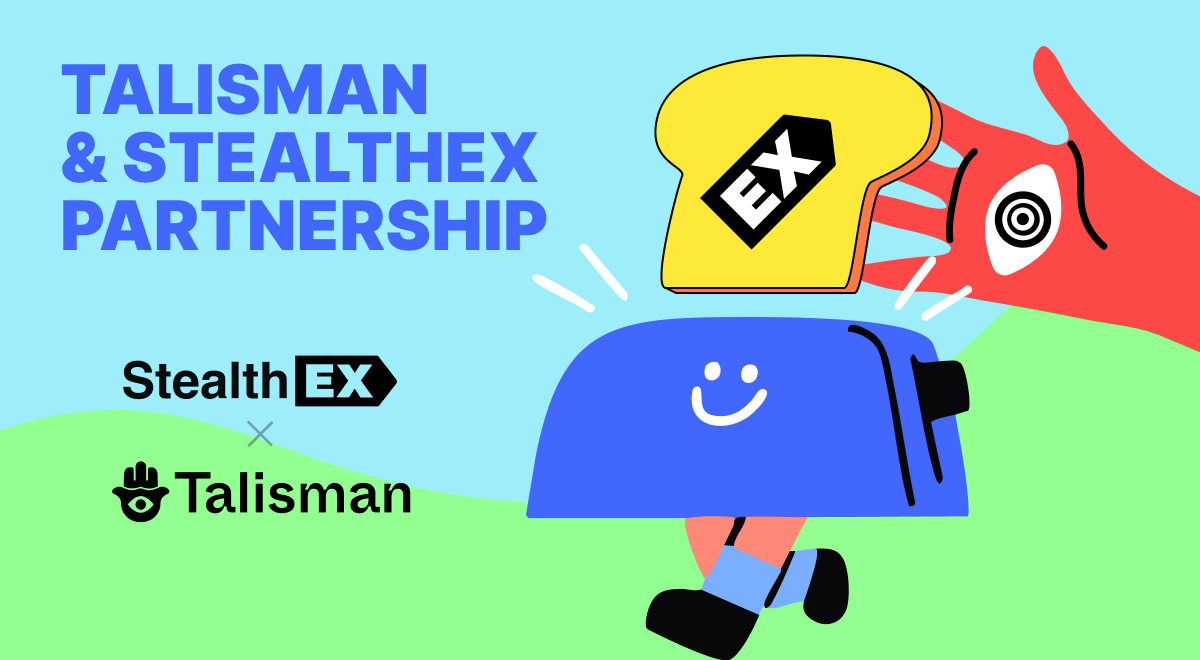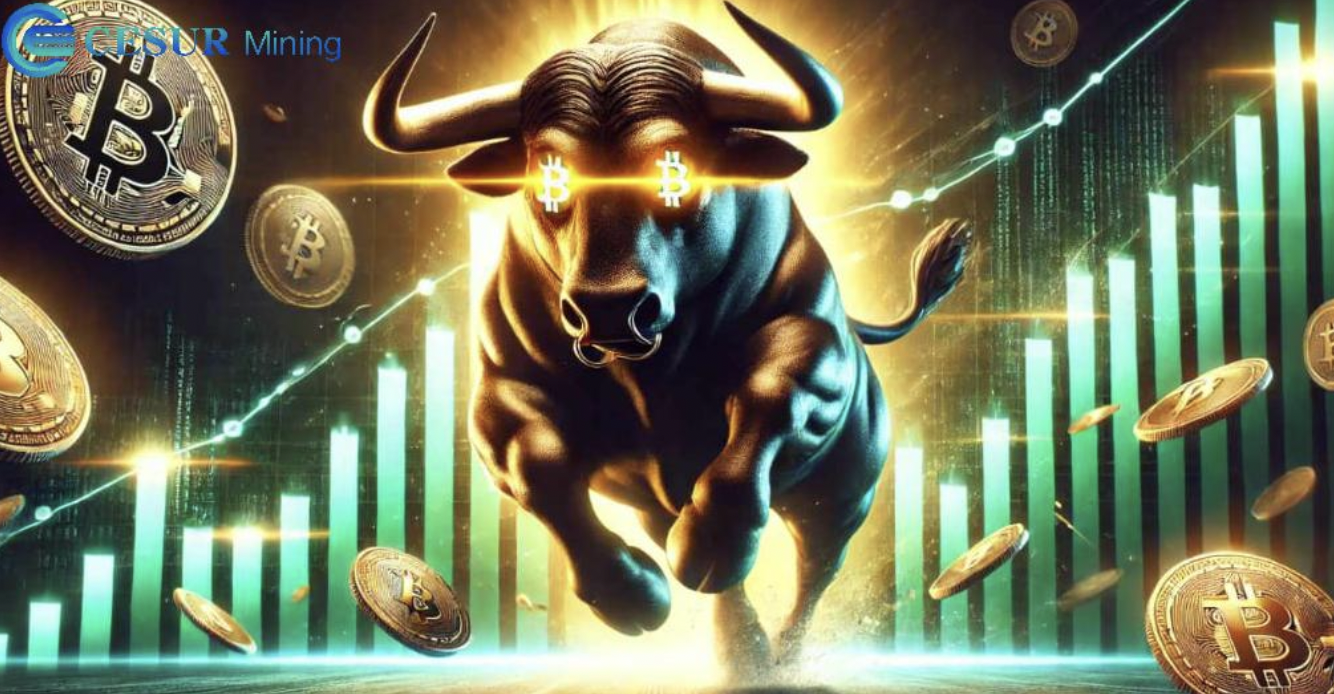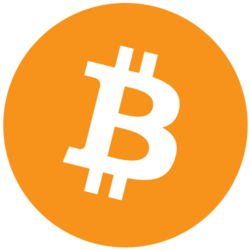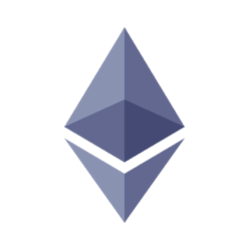Coin Launch Space is here to give you clear, accurate, and trustworthy information about crypto. Our team is made up of experts with real experience in crypto, finance, and new tech. Every article and page we publish is carefully reviewed by skilled editors to make sure it’s up to our high standards. We take pride in offering honest, easy-to-understand reviews based on real knowledge. Check out our editorial policy and see how we test and review crypto assets.
The emergence of P2E cryptocurrencies has brought the gaming industry to a revolution. Although the concept is somewhat similar to that of social gaming these games incorporate elements of fun and wages by enabling the players to create tangible real world worth the materialization of which is achieved through gameplay.
1. What are Play-to-Earn Crypto Games?
Play-to-earn games are games that are based on the blockchain platform, where players can buy, sell, trade cryptocurrency or other digital assets within the actual game. These games provide players with blockchain based games where they can buy, sell or trade in game assets such as characters, skins and other commodities. Compared to old school games, where the player plays the game for fun and there is no way they get compensated, P2E games offer provable worth.
2. Why Play-to-Earn?
In a P2E game, the primary incentives that players receive are tokens from a cryptocurrency or Non-Fungible Tokens, also known as NFTs. They can then be sold on different crypto markets or in the game to buy new outfits or upgrade character models. The uses of these games are pegged on the principles of blockchain technology that makes use of the current investment model to be transparent, secure and most importantly verifiable.
The majority of P2E games use DeFi integration, meaning that users can invest their tokens, which are earned in the game, to receive further bonuses. The games drive the creation of an in-game economy where the players have economic stakes on the platform’s performance besides earning money while playing and making strategic choices.
3. Popular play-to-earn crypto games
Some P2E games were established recently, and they currently boast millions of players from different corners of the world. Here are some of the most well-known titles:
- Axie Infinity: This is one of the best P2E games in the crypto market up to this date. Players capture, hatch, and fight with each other using digital creatures, which are known as Axies. Players gain Smooth Love Potion (SLP) while achieving victories or finishing missions and it may be purchased for actual money.
- Decentraland: An online multiplayer environment through which users can purchase and trade properties and construct upon territory lots. People are paid in cryptocurrency through gaming activities, content producing, or selling game plots. MANA is the native token of the game and it is also used for Transactions inside the game.
- The Sandbox: An interactive game which is founded on voxels and includes possibilities of creating own games, owning them and making money on this. SAND is used in-game by players to build and sell assets, create games or trade virtual land and in-game items.
- Gods Unchained: This is a turn based battle game of cards which are traded by Virtual gamblers and compiled into decks to fight against each other. Dogecoins are earned using these points, and players are also rewarded NFT cards that they can sell for other tokens or as collectibles in other platforms.
- Illuvium: A sci-fi based RPG game which is integrated with P2E model along with the characters in the form of NFT creatures. Players gather, tame, and fight with Illuvials, with rewards in ICP, the project’s native cryptocurrency.
4. Why play-to-earn games are becoming popular
P2E games have grown in popularity for several reasons:
- Earning Potential: This means players can actually gain real tangible value back from the gameplay – perhaps in crypto; perhaps in NFTs. This in turn for many offers an appealing reason to play and spend time in these games.
- Decentralization and Ownership: Another area that comes out clearly is that with the help of the blockchain, players can own the received assets and coordinate the use and trade of such assets. This makes the ecosystem more player centric.
- Global Accessibility: The given P2E games can be played from anywhere the world and it is capable of involving players from every part of the world to play and be rewarded.
- Community Engagement: P2E games are typically engaging with an active community of active players, buyers, and sellers, and content sharers. That is where the notion of community comes to the foreground as it enhances the entertainment value of the games.
5. Pros and Cons of Play to Earn
While the benefits of P2E games are appealing, they also come with their share of challenges and risks:
- Market Volatility: Everyone knows the fluctuating prices of all cryptocurrencies with which in-game rewards are usually associated.
- Initial Investment: Some of the P2E games come with the proviso that a player deposits a certain amount in the form of NFTs or cryptocurrency to begin playing which may disadvantage new players.
- Regulation: The entire P2E concept is relatively new, and regulatory action may impact these games in the future.
Conclusion
Crypto enthusiasts have termed games that players can engage in for a chance to be paid in tokens as play-to-earn games. Through blockchain and cryptocurrency, these games allow players get paid for a game without the concept of it being tedious. However, like every investment, they offer potentials and drawbacks or difficult issues. Players should not approach P2E games with excessive levels of optimism and should also keep abreast with events happening in the market as it grows.
Disclaimer: The content provided reflects the authors personal opinions and is influenced by current market conditions. Conduct thorough research before making any cryptocurrency investments. The author and the publication are not liable for any financial losses you may incur.























